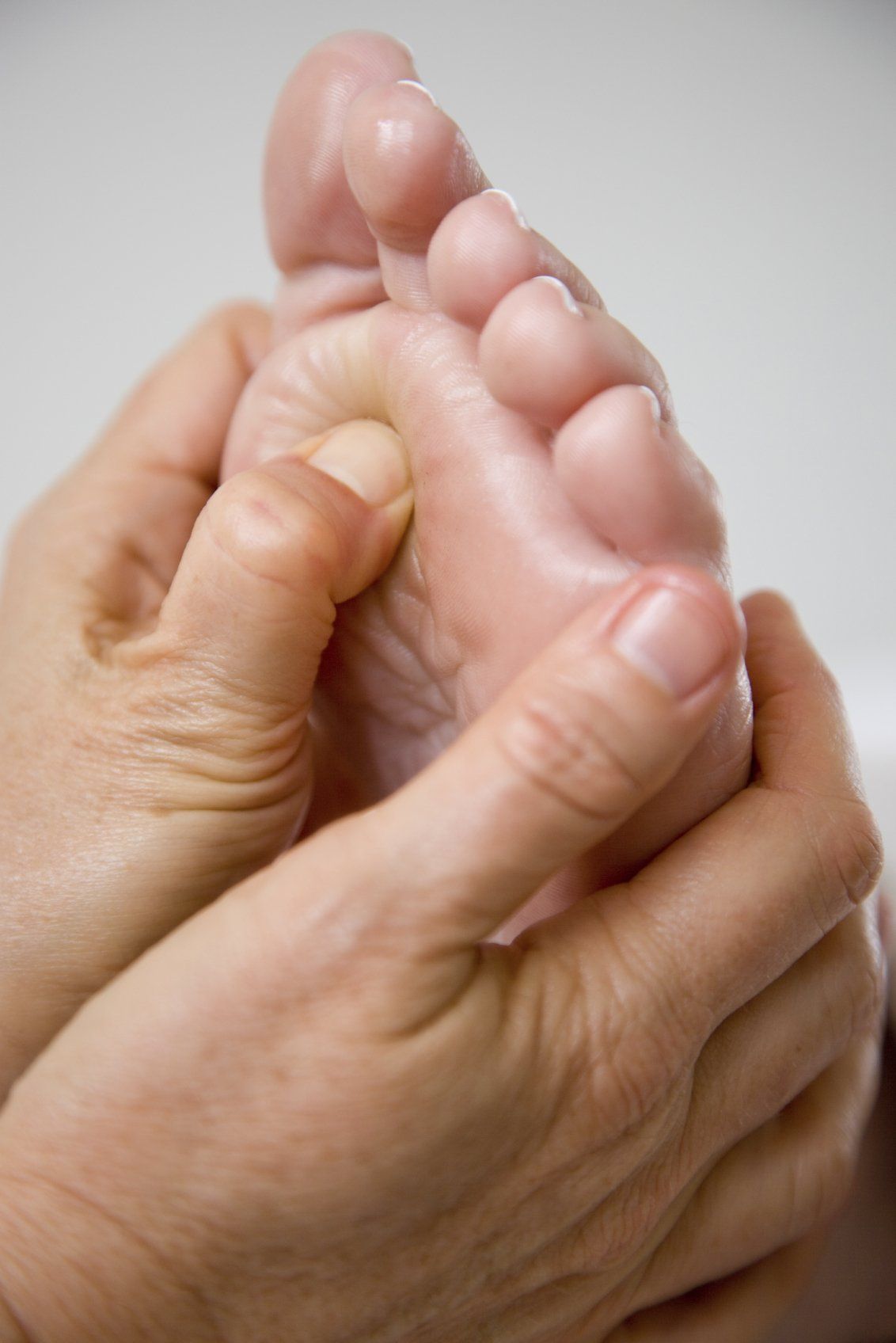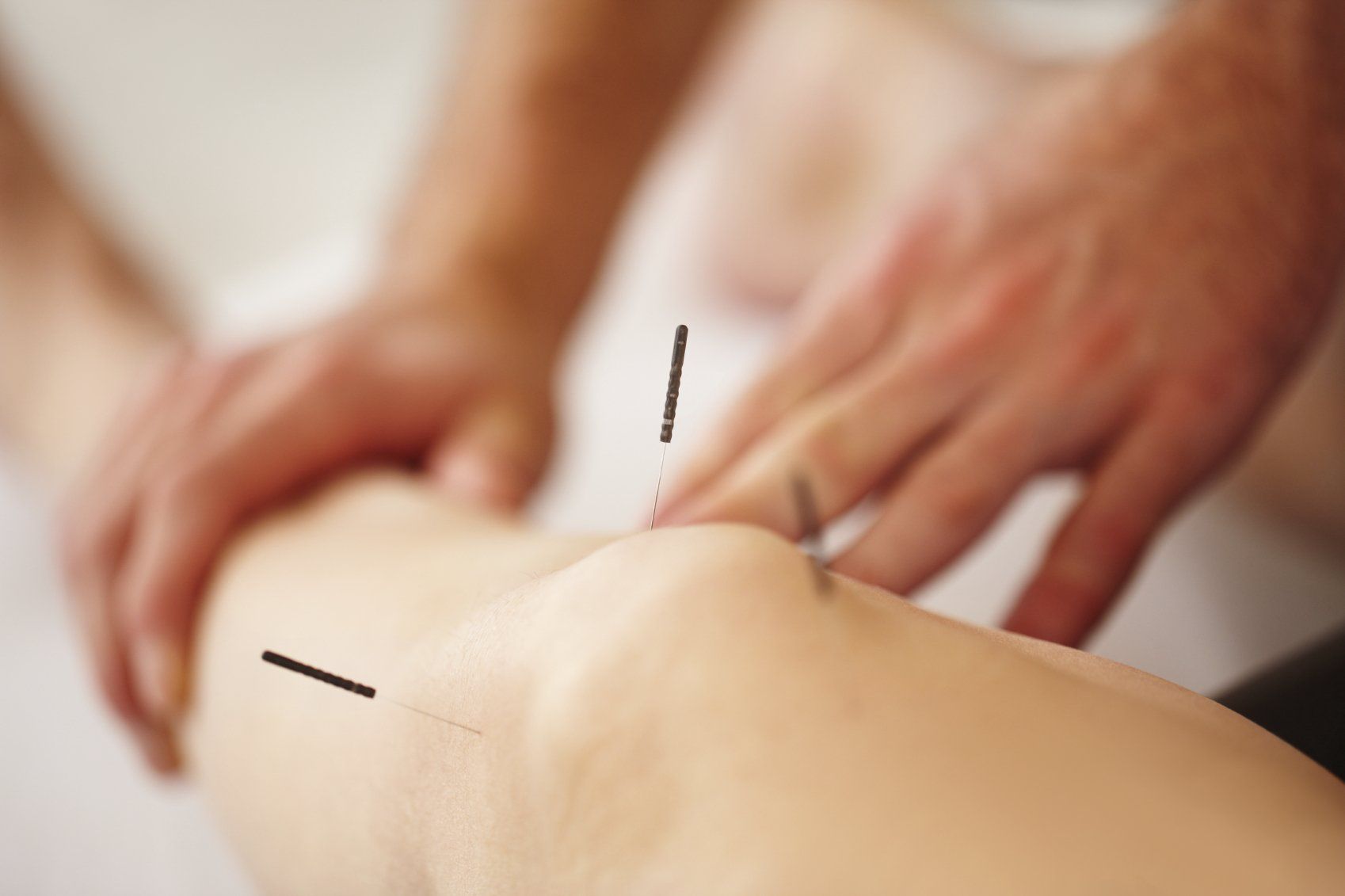Be kind to your spine at your desk

Physiotherapist Lucy's Top Tips to help your spine at work
So many of our patients with ongoing back and neck pain work in an office environment. Although not all spinal aches and pains are originally caused by poor posture habits, it certainly doesn’t help.
Most of us now have an adequate chair
at work due to compulsory DSE checks. However, these checks often take the form
of a “tick the box” form to check you have all the basics provided. What they
often don’t do is help you set the chair up for your height / shape and show
you how to sit properly in it. We also often have our work-station set up
completely wrong for us.
I spend a lot of time with my patients
discussing their work-space and giving advice – I often ask them to take photos
to show me and on some occasions employers have commissioned me to attend the
work place to do an onsite assessment and advice session. This usually ends up
with a shopping list for them, but I try to only suggest the essentials and
keep the budget as low as possible.
If you are particularly tall; short; long
in your back; have particularly short or
long upper legs (between hip & Knee) or lower legs (between knee and ankle),
you may need a chair with specialist dimensions to it- ask your employer to
have your work station fully assessed (this will involve taking measurements
from you) .
Here are my top 5 tips for those
working on a PC / Laptop:
1) Check your chair.
There should be a moulded lumbar section which
protrudes. This section, which sticks out in a D shape, needs to be supporting your inner curve of
your back (you will find this when you sit upright, your back should be in an
“s” shape with your ears in line with your hips and your back nicely curved) .
Most of us have this protruded section too low and it is supporting your bottom
rather than your lumbar spine – this is because the chairs are delivered with a
factory setting when the back of the chair is at its lowest and meeting the
seat. You need to loosen the controls
and lift the back of the chair up, make sure your bottom is right back in the
chair and lift until the lumbar support is in your inner curve.
2) Don’t use a laptop for long periods without a
separate keyboard or mouse
– I would
suggest over an hour or so would be classed as a long period. And don’t sit on
the sofa working on your laptop all evening!
3) Try not to overuse your mouse
– it makes more sense ergonomically to use a
combination of mouse clicks and keyboard shortcut keys.
4) You need regular breaks of posture
.... and this does not mean a coffee every 20
minutes! You just need to stand up (and maybe walk around your chair and sit
down again) – just by moving into an upright position from a seated position is
just like releasing the Fizz from a bottle of pop. It allows all the joints and
soft tissues to move and it releases all the tension.
5) Make sure your workspace is not biased towards everything being on one side of you - if you have your diary and paperwork on the right, make sure your phone is on the left. Also think about where your colleagues sit – if you always turn to one side to talk to them, try putting your phone etc on the opposite side.
If you have pain and your work aggravates it, please come and see us for help sooner rather than later. Once pain becomes chronic is it so much harder to sort it out. All of our physiotherapists can help you with posture correction and workplace advice. Call us on 01242 673507 or email mail@villageclinic.co.uk











